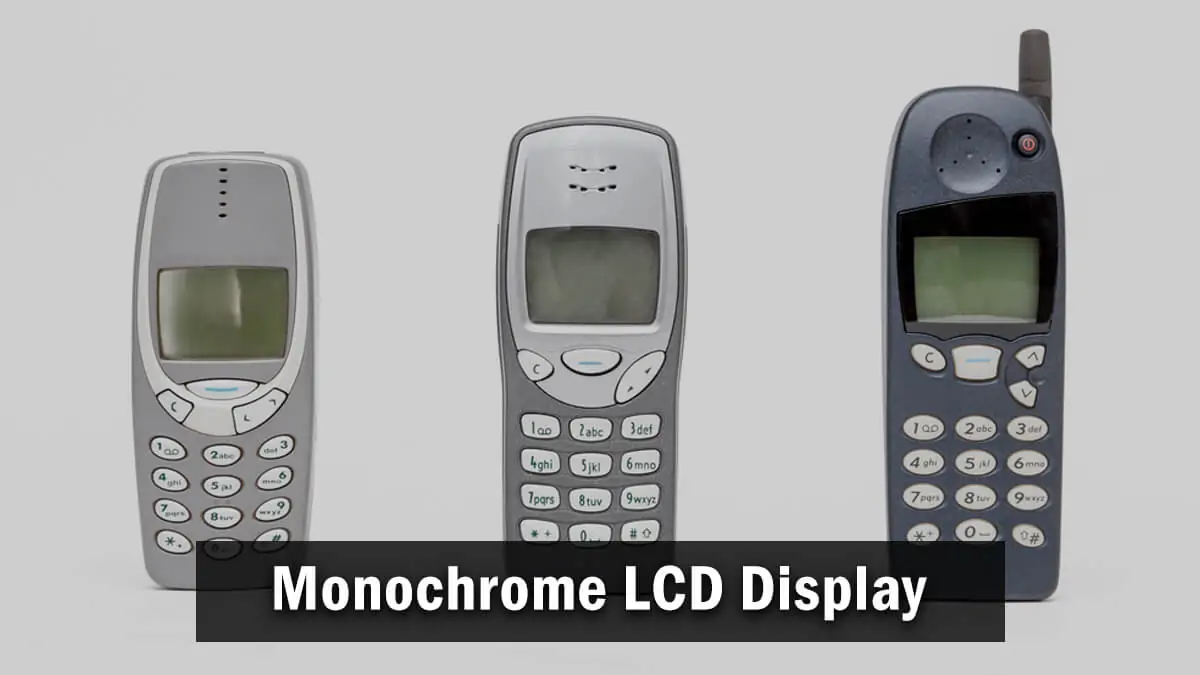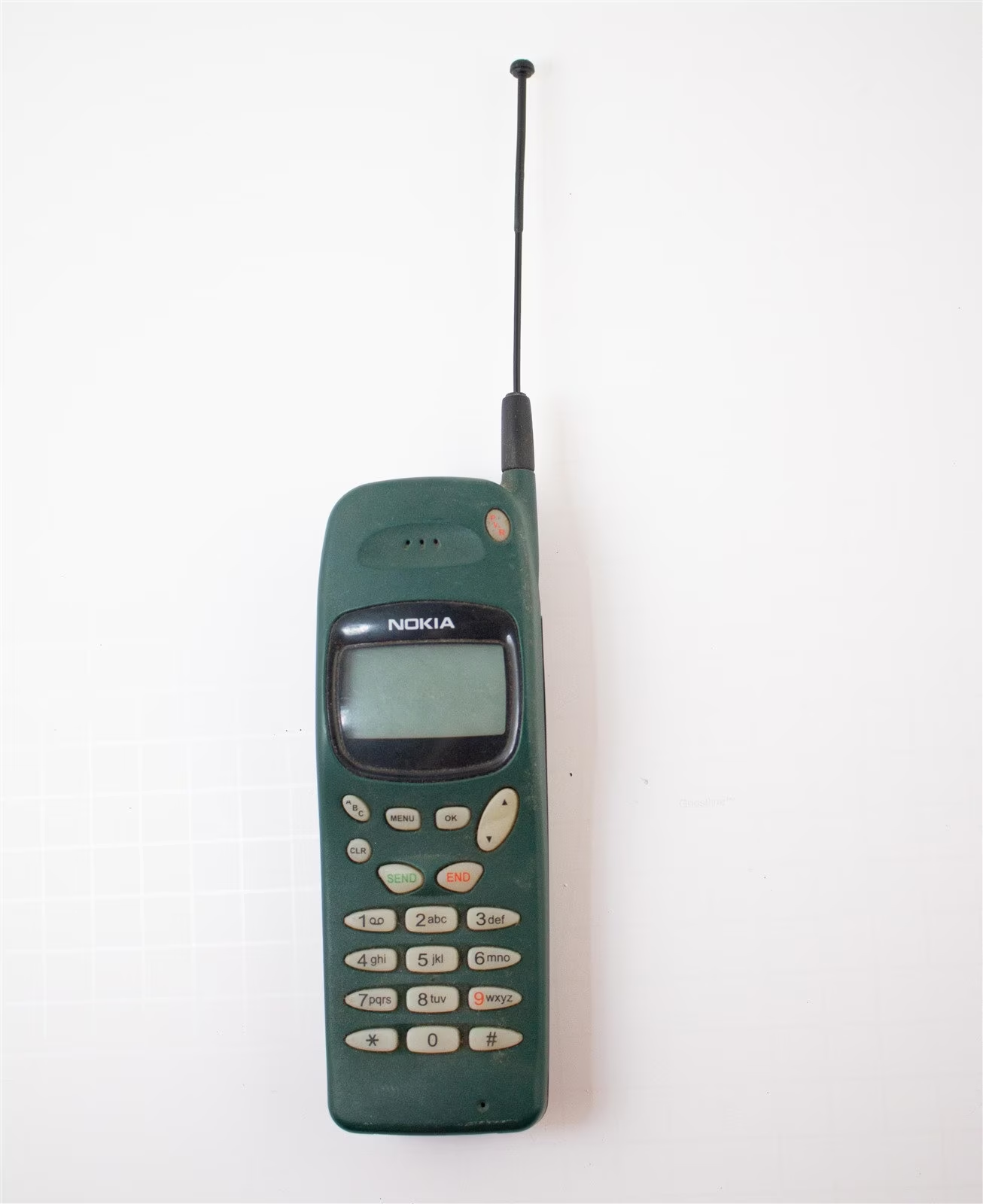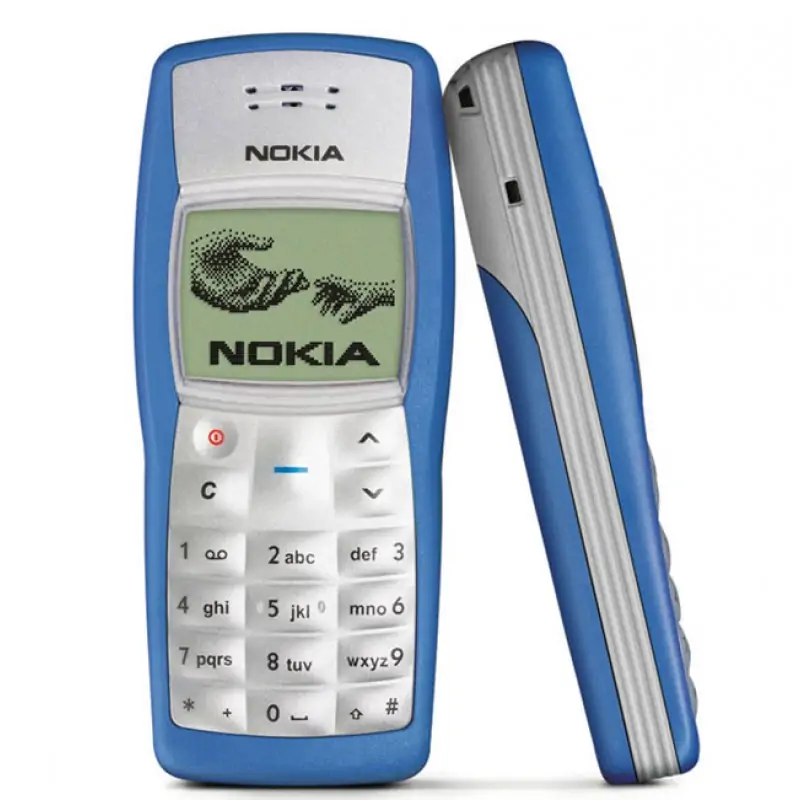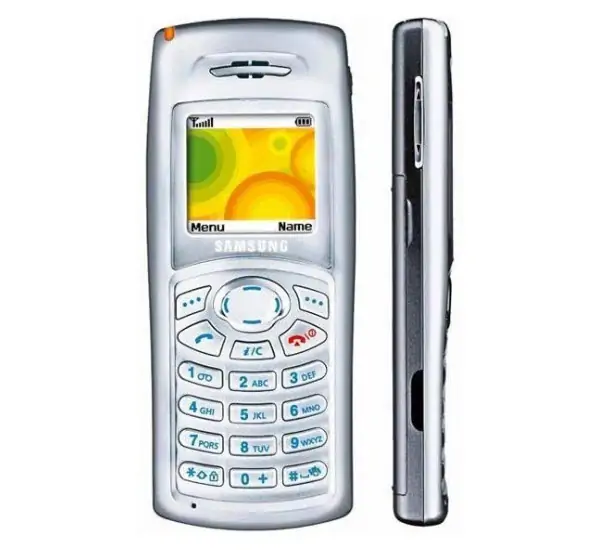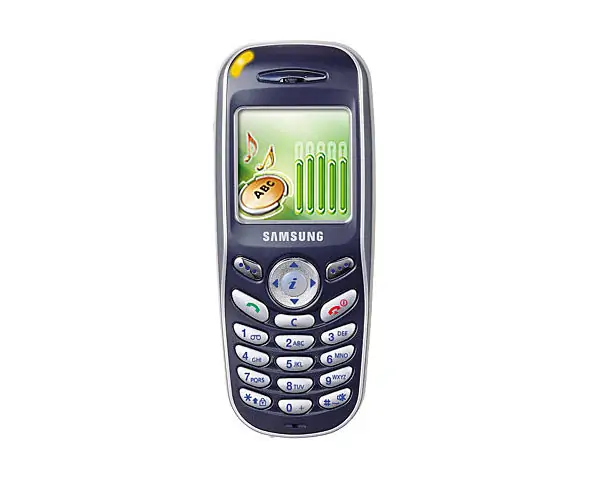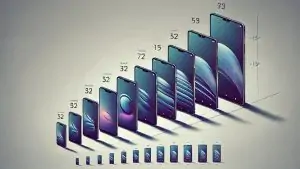Monochrome LCD, or Liquid Crystal Display, is a type of screen that displays images in a single color. Unlike color LCDs, which can display a wide range of colors, monochrome LCDs use shades of one color, typically black and white or green and black.
Historical Context: The journey of display technology has been fascinating, evolving from simple LEDs to advanced OLEDs. Monochrome LCDs played a crucial role in this evolution, especially in the early stages of mobile technology.
Understanding Monochrome LCD Display Technology
Basic Principles of LCD
LCDs operate using liquid crystals, which can modulate light. These crystals are sandwiched between two layers of polarizing material. When an electric current passes through the crystals, they align in ways that either block or allow light to pass through, creating images on the screen.
Monochrome vs. Color LCD
The primary difference between monochrome and color LCDs lies in their color capabilities. Monochrome LCDs display images in a single color, which makes them simpler and often more energy-efficient than their color counterparts. However, they lack the vibrant display capabilities of color LCDs.
Development and Evolution
Early Applications of Monochrome LCDs
Monochrome LCDs first appeared in devices like digital watches and calculators. Their low power consumption and clear display made them ideal for these applications. As technology advanced, these displays found their way into more complex devices.
Monochrome LCD in Early Mobile Phones
In the 1990s and early 2000s, many mobile phones used monochrome LCDs. Iconic models like the Nokia 3310 and Motorola StarTAC relied on these screens. They offered sufficient clarity for text and simple graphics while being very energy-efficient.
Technical Aspects
Construction of Monochrome LCD
A monochrome LCD consists of several layers: a polarizer, a liquid crystal layer, electrodes, and a reflector. The polarizer ensures that only light of a specific polarization can pass through. The liquid crystal layer, controlled by the electrodes, modulates this light to form images.
Operation Mechanism
Each pixel in a monochrome LCD is controlled by electrodes that change the orientation of the liquid crystals. By adjusting the voltage applied, the crystals align in a way that either blocks or allows light to pass through, creating an image.
Performance Characteristics
Monochrome LCDs typically have lower resolution compared to modern color displays but offer excellent clarity for text. They consume less power, which is a significant advantage for mobile devices, and have a quick response time suitable for basic applications.
Impact on Mobile Technology
Enhancements in Mobile Design
The simplicity of monochrome LCDs allowed mobile phones to be designed with smaller and lighter screens. This was crucial in the early development of handheld devices.
Battery Life
One of the standout benefits of monochrome LCDs is their low power consumption. This significantly extended the battery life of early mobile phones, making them more practical for everyday use.
User Interface Evolution
Due to the limitations of monochrome displays, early mobile interfaces were simple and text-based. This simplicity paved the way for user-friendly interfaces, focusing on functionality over aesthetics.
Transition to Color LCDs
Technological Advancements
As technology progressed, color LCDs became more prevalent. These displays offered richer visual experiences but at the cost of higher power consumption and complexity.
Market Demand and User Expectations
Consumers began to demand more visually engaging and interactive displays. This shift pushed manufacturers to adopt color LCDs despite the higher costs and technical challenges.
Phase-out of Monochrome LCDs
By the mid-2000s, most mobile phones had transitioned to color displays. Monochrome LCDs became less commonly reserved for specific low-power applications.
Legacy and Modern Applications
Enduring Legacy
Monochrome LCDs hold a nostalgic value for many, reminding them of the early days of mobile technology. Collectors and enthusiasts still seek out vintage devices featuring these displays.
Current Uses
Today, monochrome LCDs are still used in industrial equipment, medical devices, and other specialized applications where simplicity and low power consumption are paramount.
Future Prospects
Potential for Revival
While unlikely to replace color LCDs in mainstream devices, monochrome LCDs may find niche markets in areas like IoT (Internet of Things) devices and e-readers where battery life and readability are critical.
Innovations and Improvements
Researchers continue to explore ways to enhance monochrome display technology, integrating it with modern innovations to create hybrid solutions that benefit from both simplicity and advanced capabilities.
Conclusion
Monochrome LCDs played a vital role in the development of mobile technology, offering simplicity, energy efficiency, and durability. Their influence is seen in the design and functionality of early mobile devices.
Reflection on Technological Progress
From monochrome to color and beyond, the evolution of display technology showcases the rapid pace of innovation. Monochrome LCDs, while largely phased out in mobile phones, remain an essential chapter in the history of technology.
Final Thoughts
The monochrome LCD’s legacy endures, reminding us of the foundational technologies that paved the way for today’s advanced displays. Understanding this history helps us appreciate the advancements and anticipate future innovations in display technology.
